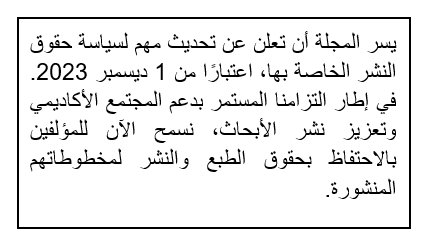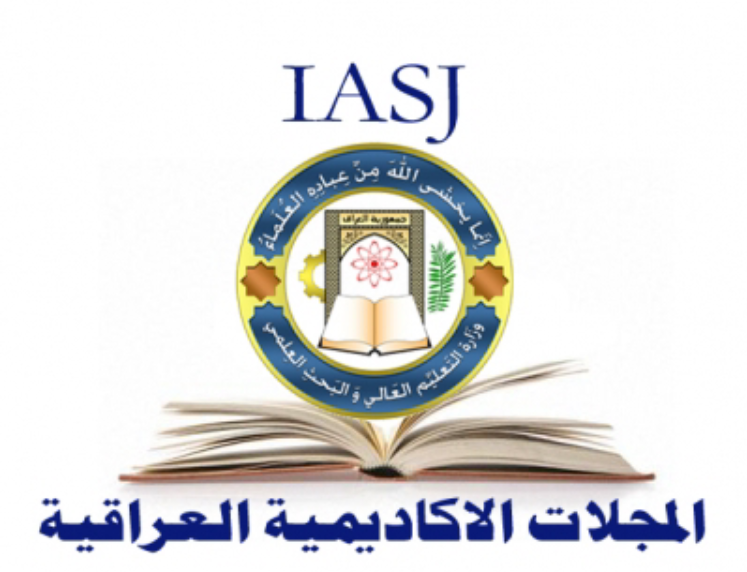الهيكلية القطبية في النظام الدولي
DOI:
https://doi.org/10.30907/jj.v0i52.65الملخص
خلاصة إن ملاحظة ظاهرة التطور الهيكلي للنظام الدولي، وعدم استقراره على حالة معينة، بحكم انتقاله من الأحادية القطبية إلى تعددية الأقطاب إلى ثنائية القطبية ثم الرجوع إلى الأحادية في بداية التسعينيات بقيادة الولايات المتحدة، وحتى اللحظة الراهنة التي يصورها البعض بعودة نظام التعددية القطبية، ربما تقودنا إلى القول بأن الهيكلية التي نقصد بها تراتبية القوى العظمى أو الموجهة للنظام من حيث قدراتها المتنوعة التي تؤهلها، وبموافقة بقية الدول الموجهة للنظام، للقيادة وتصدر المكان الأول في العالم، ليس لها علاقة مباشرة باستقرار هذا النظام، وإنما هنالك عوامل أخرى أكثر تأثيرا في استقراره. اذ إن هيكلية النظام الدولي الجديد ستكون مختلفة كليا من حيث الأدوار والقواعد القانونية المنظمة للعلاقة بين هذه الأدوار، وعليه فان استقرار هذا النظام سيعتمد على أسس مختلفة كثيرا عن الأسس التي قام عليها النظام الدولي منذ معاهدة وستفاليا وحتى الوقت الحاضر، وهذا ما سنحاول التحقق منه في هذا البحث عبر تناول مراحل تطور النظام الدولي أولا، ثم وصف النظام الدولي الراهن ثانيا، وصولا إلى العوامل المؤثرة في الهيكلية القطبية ثالثا.






 ©️ 2023 The Author(s). Published by College of Political Science, University of Baghdad. This is an Open Access article distributed under the terms of the
©️ 2023 The Author(s). Published by College of Political Science, University of Baghdad. This is an Open Access article distributed under the terms of the 












